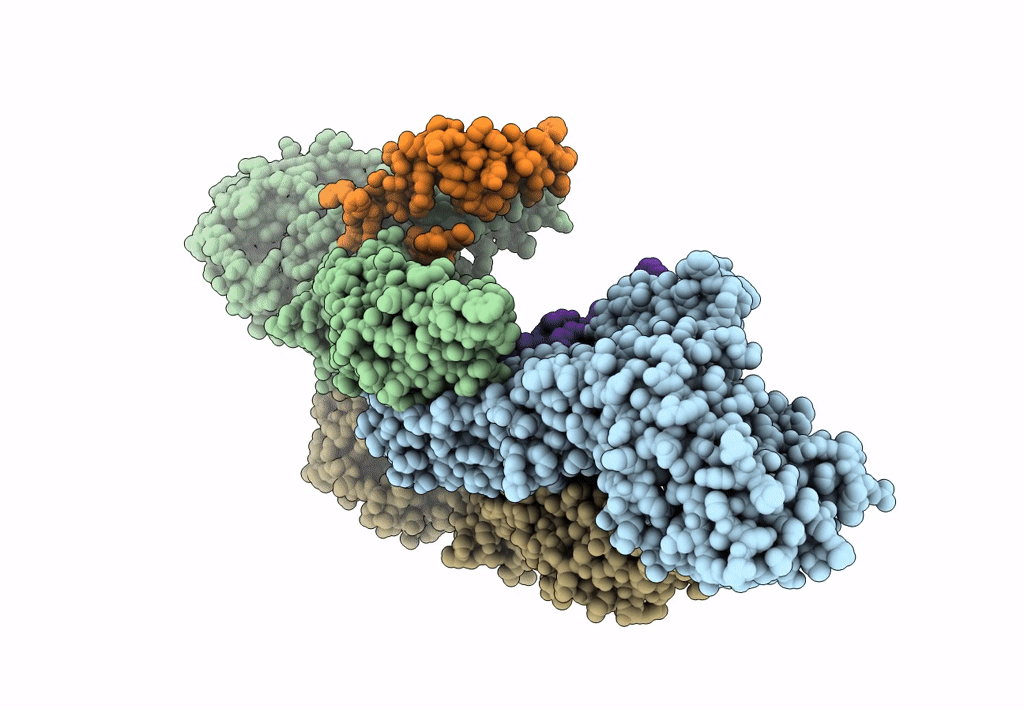
Deposition Date
2021-05-10
Release Date
2022-05-18
Last Version Date
2024-10-16
Method Details:
Experimental Method:
Resolution:
3.90 Å
Aggregation State:
PARTICLE
Reconstruction Method:
SINGLE PARTICLE


